
WILDLIFE
19-06-2019 by redazione
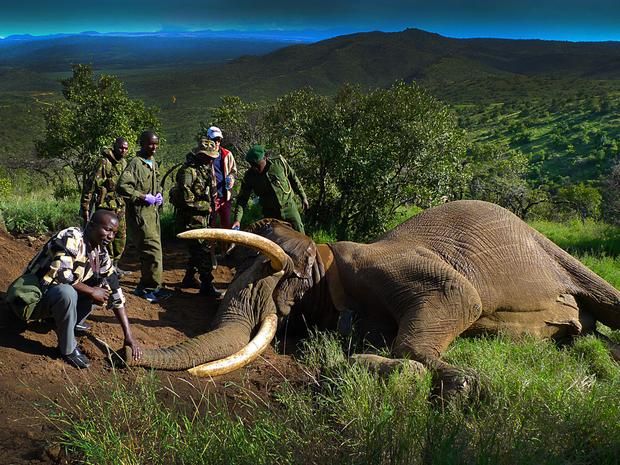
Poaching episodes in the national reserves of East and West Tsavo in the first six months of the year decreased by 96% thanks to improved monitoring and safety operations by the Kenya Wildlife Service (KWS) and conservation partners in the region.
According to Tsavo Conservancy Director George Osuri, the intensification of patrols both on the ground and in the air and better coordination between security teams and the dedication of the rangers to their work, have led to increased safety and reduced cases of poaching.
Osuri reiterated the government's commitment to ending the grip of poaching and ensuring that wildlife thrives in the reserves.
The director announced the excellent results achieved during a cleaning exercise of Tsavo Est at the scenic waterfalls of Lugard Falls. A prelude to the national celebrations of World Elephant Day, which was held over the weekend: "We have made enormous progress in countering and containing poaching in the park. We intend to step up our operations to completely free the parks from this threat," he said.
The clean-up exercise brought together a number of conservation bodies, including the Tsavo Rangeland Foundation, the Tsavo Trust, Friends of Tsavo, Wildlife Works and pupils from some of the region's primary schools.
The exercise covered a distance of 183 kilometres of park roads and saw over 350 kg of waste collected and disposed of.
Osuri recalled that visitors to the park have a duty to protect the environment just like the rangers.
Plastic and other non-biodegradable waste have had negative effects on both plant and animal life," explained the Director. "We want to encourage our visitors to stop unloading paper and cans in the park. They are a danger to animals.
The Tsavo conservation area is the largest protected area in East and Central Africa and covers an area of over 21,000 km2.
It includes the Tsavo National Parks East and West as well as the Mkomazi National Park in the Kilimanjaro area of Tanzania.
According to the recent 2017 air elephant census, the area has 12,866 elephants around its vast land.
Tsavo Foundation President Rangeland Benson Kigo confirmed that local and international partners should join forces to drive the war against poaching, adding that civic education is needed to inform communities about the impact of wildlife on people's livelihoods.
"We are activating the community to involve the local population in conservation issues, including the dangers of waste dispersion - said Kogo - the area between you and Mtito-Andei along the Nairobi-Mombasa Highway has been transformed into a kind of landfill by travellers using the highway. This is another critical issue for the area's wildlife.
Translated with www.DeepL.com/Translator
WILDLIFE
by redazione
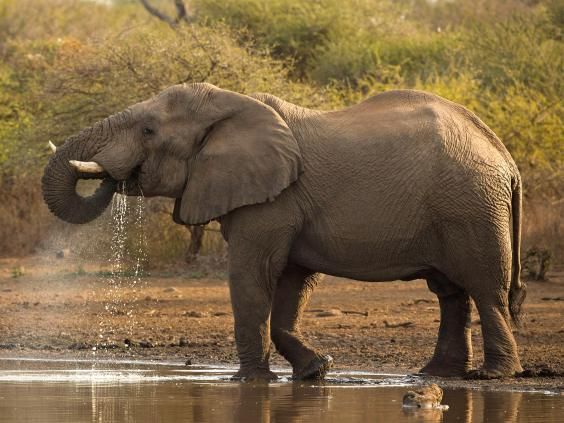
Fighting against poaching and the international ivory ban are yielding their fruits: in three years the number of elephants in Kenya has increased almost 15 percent (14.7 for precision).
The announcement was made by the Kenya Wildlife Service, thanks to the...
RESERVES
by Leni Frau
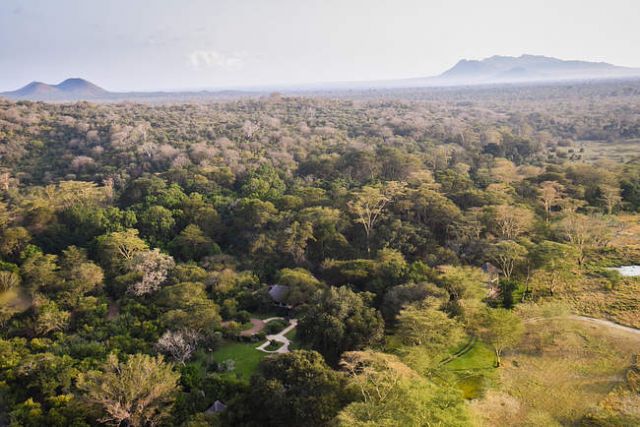
The Kibwezi Forest Reserve, established in 1936, is one of Kenya's last rainforests...
NEWS
by redazione
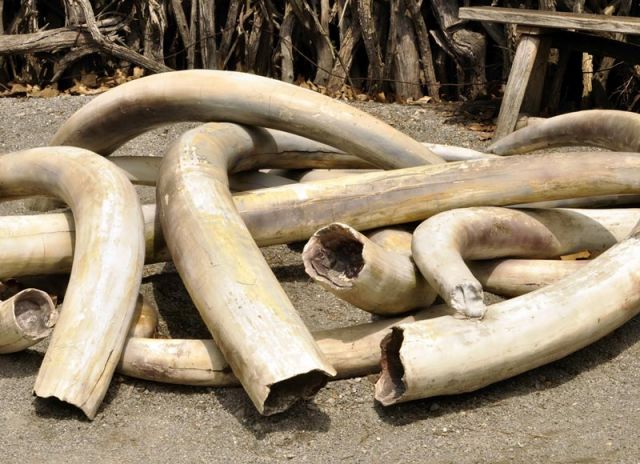
The Coronavirus emergency, partial lockdowns in counties and night curfews in Kenya do not curb the...
NEWS
by redazione
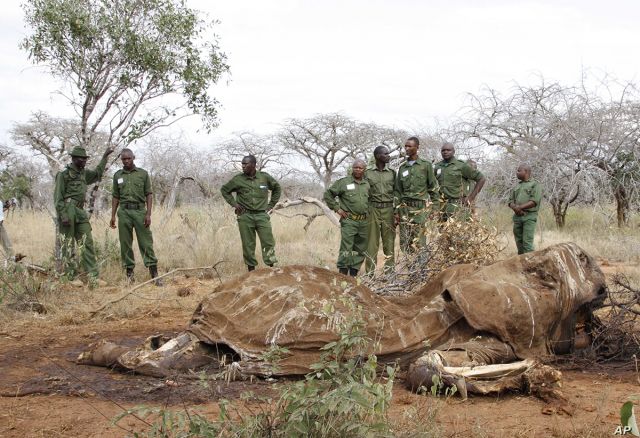
For the first time the online platform Netflix will broadcast a film produced and...
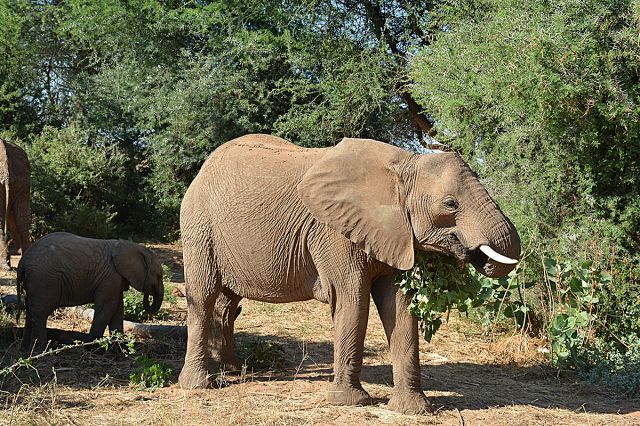
No tourists, more time and privacy to "have sex," but that's not all.
This...